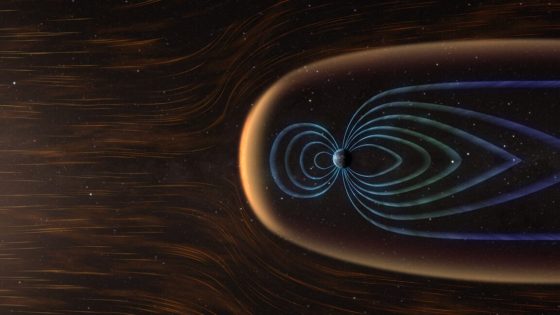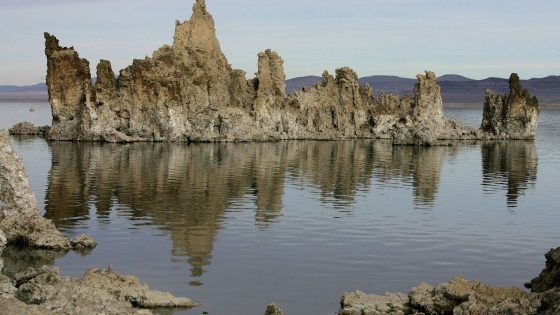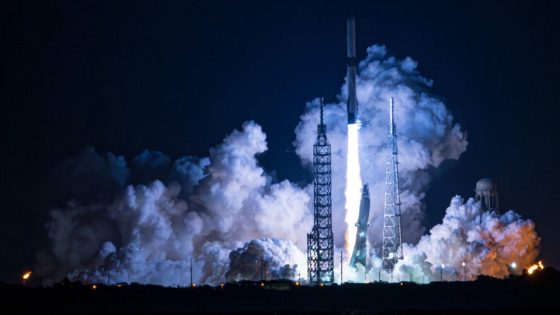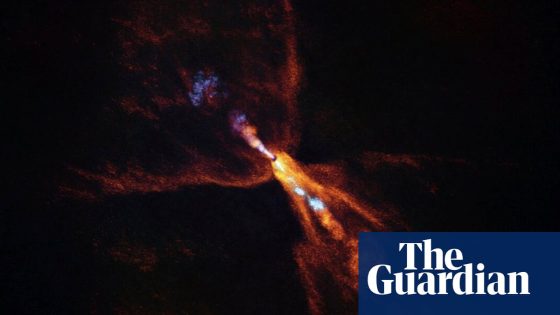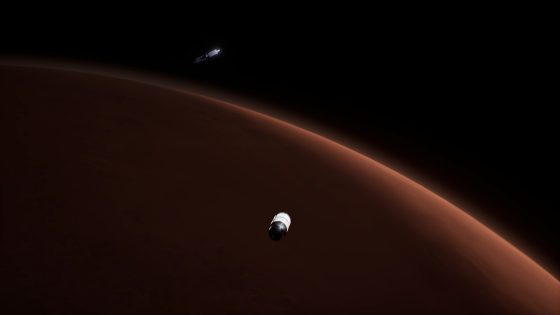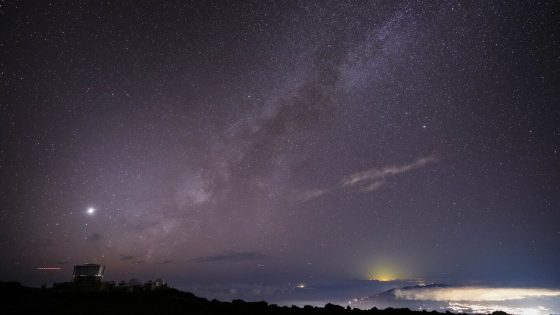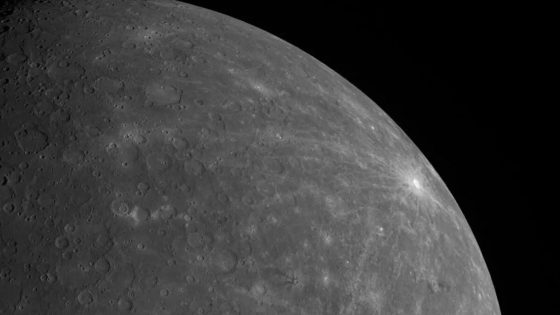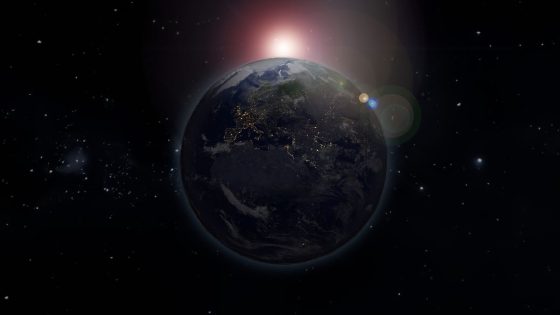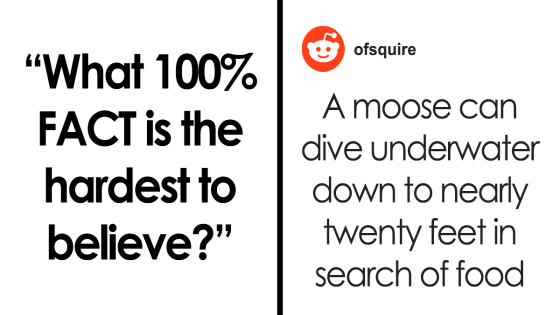Magnetic reconnection is a fascinating process occurring right above US, where the solar wind interacts with Earth’s magnetic field. On 2025-07-24 16:12:00, scientists will launch TRACERS, or Tandem Reconnection and Cusp Electrodynamics Reconnaissance Satellites, to deepen our understanding of this phenomenon.
- TRACERS studies magnetic reconnection processes.
- Solar wind interacts with Earth's magnetic field.
- High-energy collisions create auroras and storms.
- Multiple spacecraft needed for accurate measurements.
- Dynamic nature of reconnection affects observations.
- Understanding impacts space weather on Earth.
As solar wind particles travel at incredible speeds, they collide with Earth’s magnetic field, leading to dramatic effects like auroras and geomagnetic storms. Despite the proximity of countless satellites, scientists still lack a comprehensive understanding of how magnetic reconnection operates.
The dynamic nature of magnetic reconnection raises essential questions. How do these processes influence space weather, and what mechanisms govern their rapid changes? Understanding these dynamics is crucial for predicting space weather events that can affect technology on Earth.
- TRACERS will deploy two satellites for comprehensive data collection.
- Magnetic reconnection can accelerate particles to near-light speeds.
- Insights from TRACERS could improve space weather forecasting.
- Understanding these processes is vital for protecting technology on Earth.
As we prepare for the TRACERS mission, the potential for groundbreaking discoveries in space weather science is immense. Continued exploration will pave the way for advancements in our understanding of Earth’s magnetic environment.



